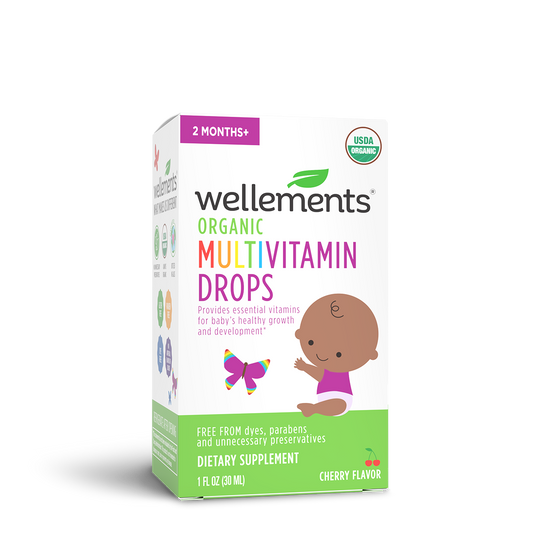Breast Milk Jaundice: What Is It & Why It Happens?
| updated:Share

Jaundice, which is characterized by yellowing of the skin, occurs in more than half of newborn babies. In 20% to 30% of cases, jaundice is directly related to breastfeeding. This is called breast milk jaundice. While typically nothing to worry about, it is important that you know the facts and symptoms of breast milk jaundice so that you can know when something is amiss and, therefore, when it is time to call the doctor.
What Is Breast Milk Jaundice?
Jaundice develops when the blood contains too much bilirubin, which is a red-blood-cell byproduct. Typically, the liver excretes the bilirubin via urine or stool but in a newborn, the liver is often underdeveloped. Hence, the high number of babies who develop jaundice. However, in general, babies who are breastfed have a higher chance of developing jaundice in the days and weeks following birth. Before you delve too deep into the “why” of this, it is important to first understand the difference between breastfeeding jaundice and breast milk jaundice, two conditions that people commonly mix up.
When breastfeeding jaundice happens, a breastfed baby struggles to nurse and, therefore, does not get enough breast milk. The condition typically develops within the first week of birth in this case and can be treated by increasing the number of daily feedings in an effort to push out the bilirubin buildup.
In breast milk jaundice, on the other hand, a baby has a strong latch and gets more than enough milk. Symptoms typically begin to occur around two weeks post-birth and continue for up to 12 weeks.
Symptoms & Causes
Breast milk jaundice is more difficult to treat than breastfeeding jaundice, as clinicians are not yet certain about what causes it. Some researchers believe that breast milk jaundice is a hereditary condition that babies cannot avoid. Others believe that there is a substance in breast milk that babies with immature livers cannot effectively break down, leading to bilirubin buildup. Regardless of the cause, it is important that you know the symptoms of jaundice and when it may be time to worry. The symptoms of breast milk jaundice are as follows:
- Yellowing of the skin or eyes
- Failure to gain weight
- A high-pitched cry
- Excess sleepiness or lethargy
As the parent of a newborn, you should call your pediatrician any time your baby isn’t nursing regularly or producing a wet diaper at least every six hours. Even if jaundice is not an issue, dehydration may be. To rule out any issues, it is always best to err on the side of caution.
That said, there are some signs you should look out for that indicate jaundice is getting worse and not better. One of the top signs is yellowing that spreads down the arms and abdomen. Though yellowing in the face is normal for a newborn, yellowing that extends to the trunk may be a sign that intervention is necessary.
How to Treat Breast Milk Jaundice
In most cases, breast milk jaundice resolves on its own as a baby’s liver matures and as he or she eats more each day. However, if your doctor expresses concern, or if you are overly concerned, there are treatments you can do to quickly reduce bilirubin levels. For instance, many doctors recommend phototherapy for more severe cases. This can be done either in-office or at-home via the use of a high-intensity light. You can also supplement your baby’s feedings with formula or with donated breast milk, which you can make healthier with multi-vitamin drops for newborns, such as the ones from Wellements. Though doctors will only do so in extreme cases, your doctor may recommend that you cease breastfeeding for the time being.
3.8 /
5.0
(153)
153
total reviews
Multivitamin Drops
Sale price
$14.99
For the most part, breast milk jaundice is not something you should concern yourself over. So long as your baby eats regularly and demonstrates all the other signs of an otherwise healthy infant, the condition should resolve itself on its own. If you have lingering concerns, never hesitate to contact your pediatrician.



